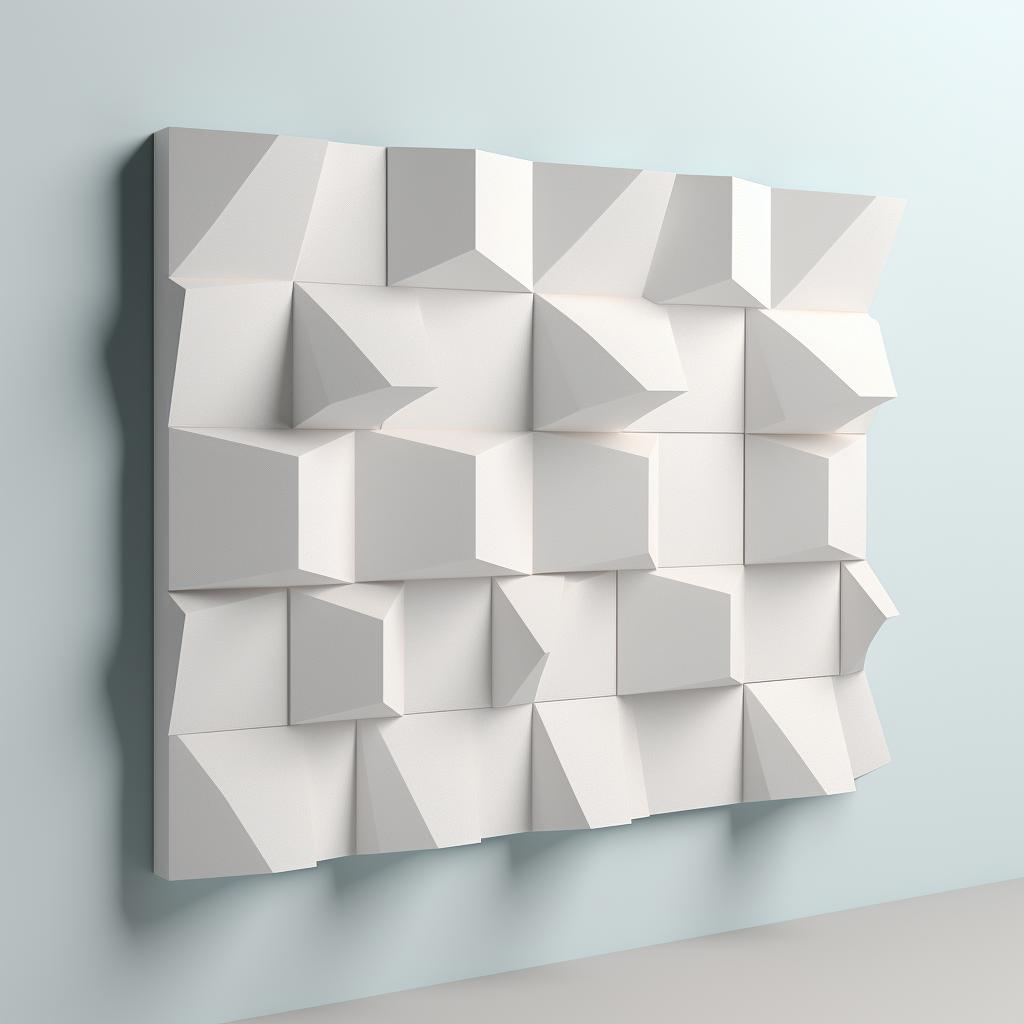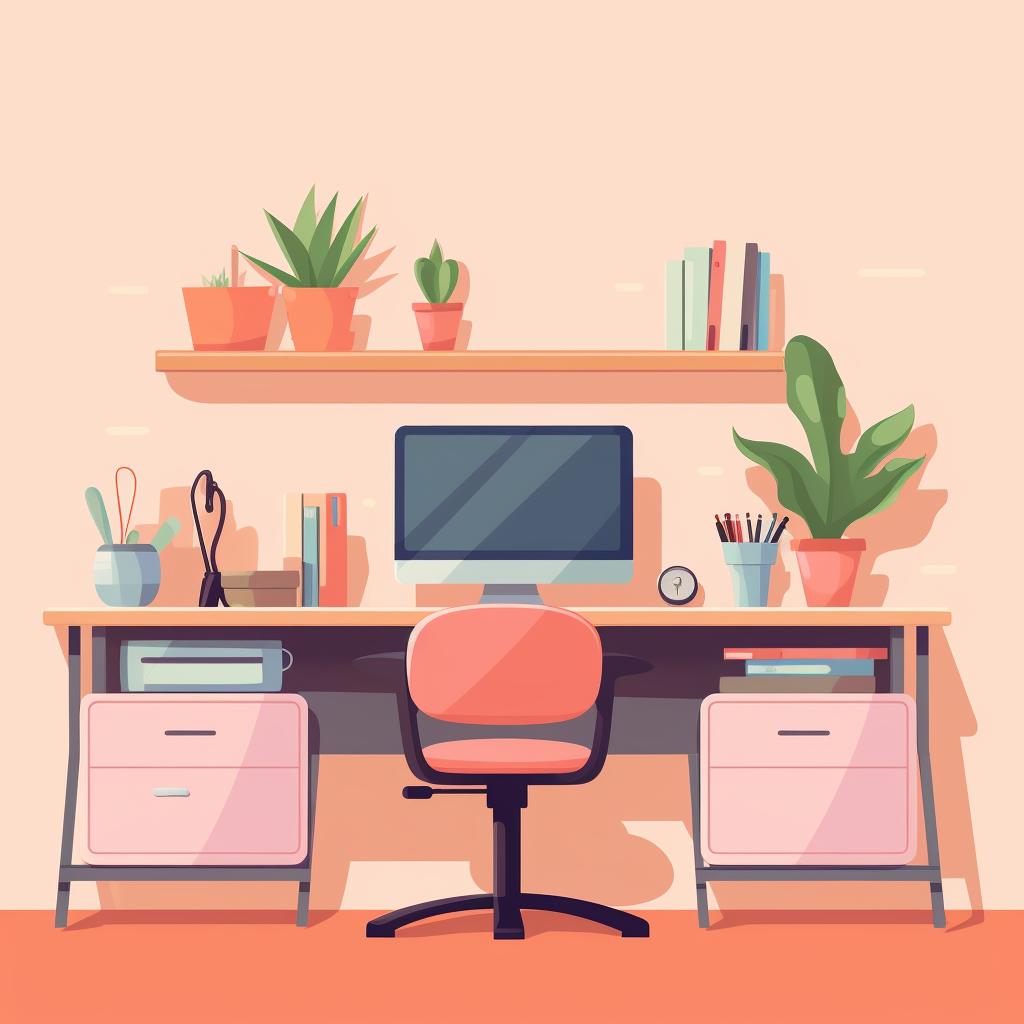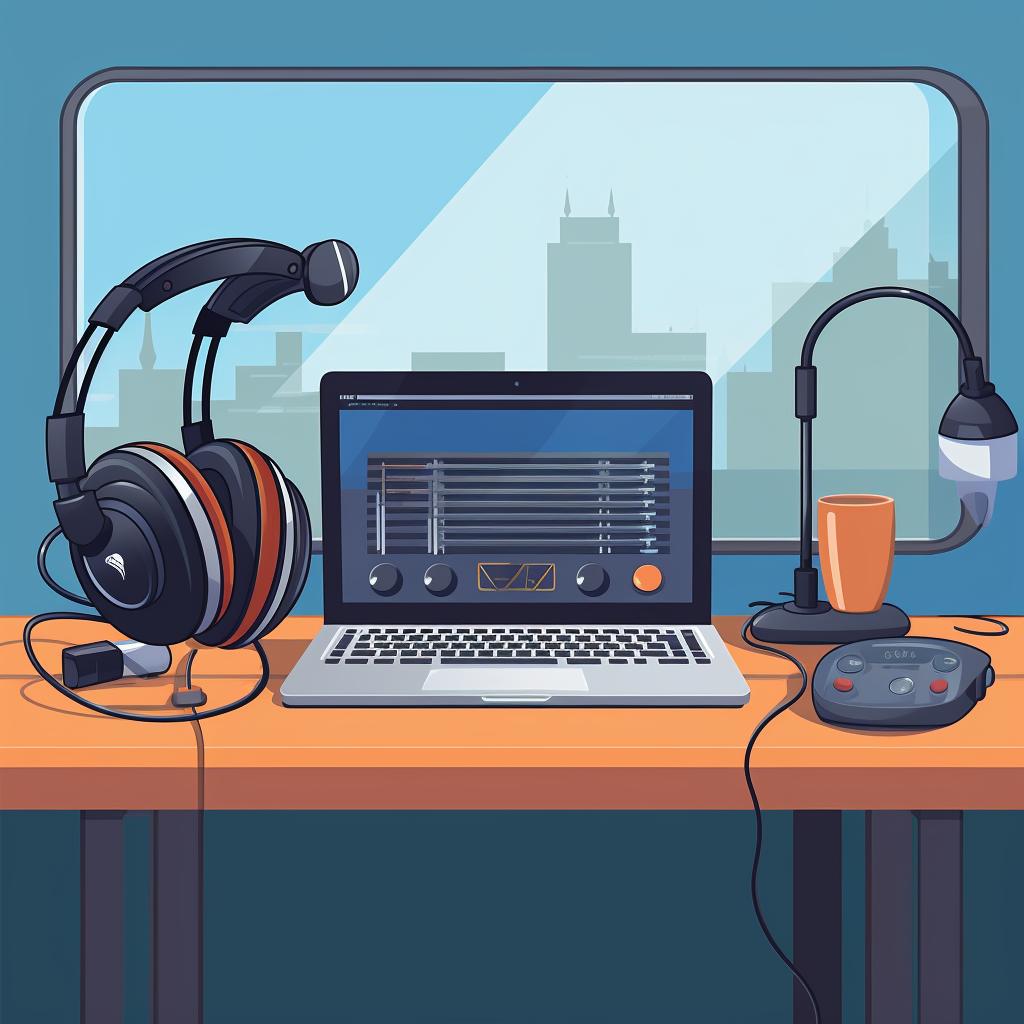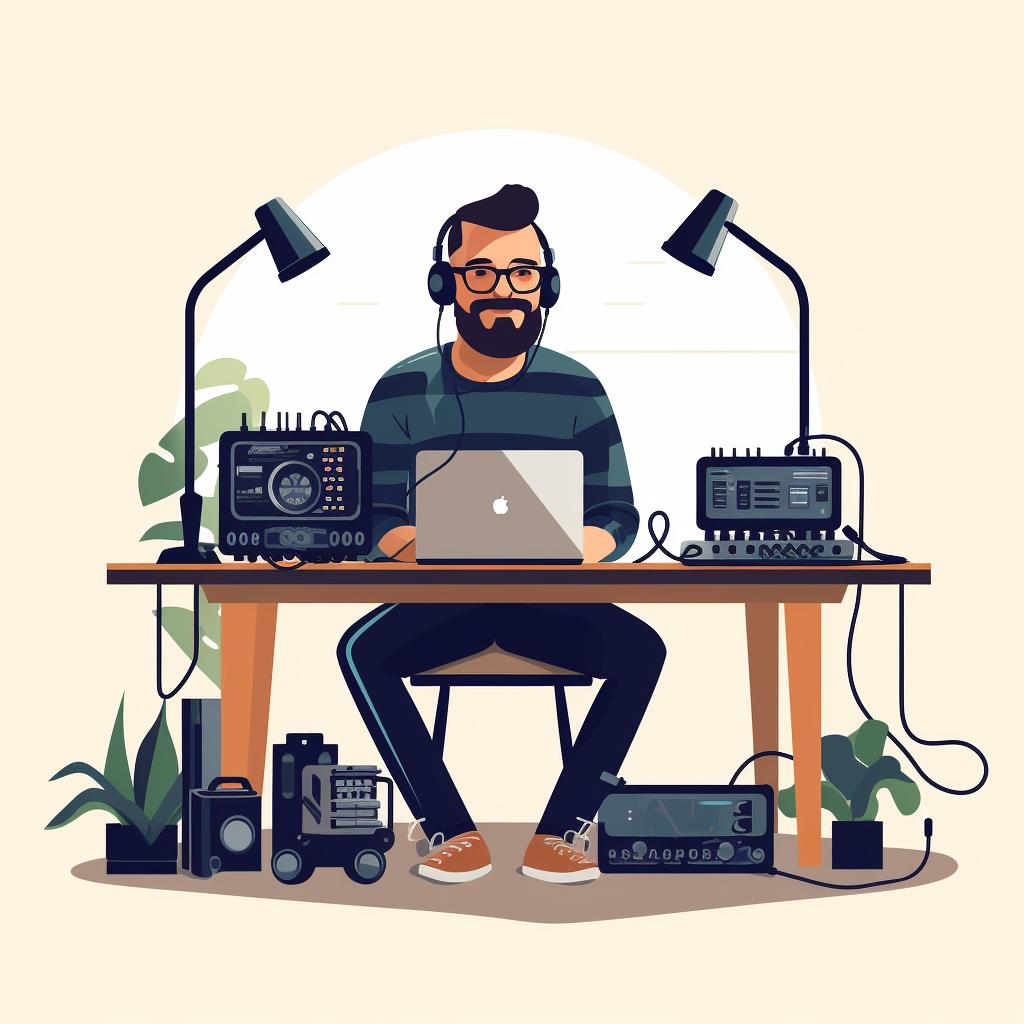🎙️ Your DIY Guide to Setting Up a Home Recording Studio
Setting up your own home recording studio can seem like a daunting task, but with our step-by-step guide, you'll be up and running in no time. Whether you're an aspiring podcaster or a budding musician, having your own recording space can take your passion to the next level.
Begin by identifying your space. This could be a spare room, a corner of your living room, or even a large closet. The key is to find a quiet, comfortable space where you can work without interruptions. If you're unsure about how to choose the perfect spot, check out our guide on setting up a home studio.
Once you've found your space, it's time to soundproof it. Investing in some soundproofing materials such as thick curtains, carpets, and foam panels can help reduce echo and background noise. For more tips on how to effectively soundproof your space, visit our FAQ on recommended home PC recording studio configurations.
Next, set up your desk. This will be your main workstation where you'll set up your equipment. Ensure it's sturdy and spacious enough to accommodate all your gear. If you need help figuring out what equipment is necessary, our guide on the necessary equipment for a home music studio can provide some helpful insights.
Now, it's time to arrange your equipment. This includes your microphone, headphones, pop filter, and any other equipment you have. Make sure everything is within reach and positioned for optimal sound capture. If you're unsure about how to arrange your equipment, our guide on setting up a podcast studio can offer some useful tips.
Finally, test your setup. Do a few test recordings to ensure everything is working properly. Adjust your setup as needed to achieve the best sound quality. Remember, setting up a home recording studio is a process, and it's okay to make adjustments along the way.
With these steps, you'll be well on your way to creating a functional and efficient home recording studio. Happy recording!


















